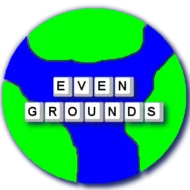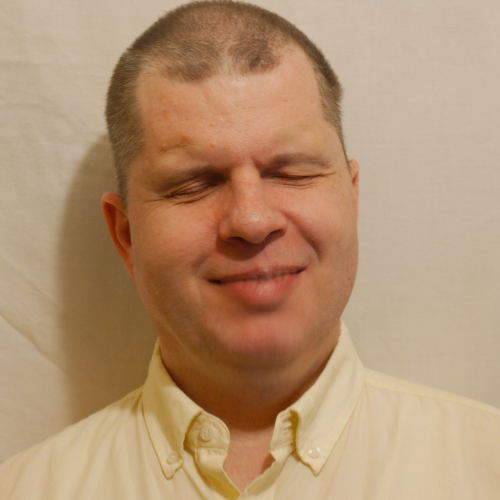Previously I discussed that for blind people sometimes the only way to experience something is to get on the road and touch it. But there is a difficulty with this. While sighted people can take photos and videos, for us it maybe a chance of a lifetime and the only thing we can do is to keep the experience in our memory.
Let me illustrate this with an example. My hobby is coin collecting, and when I travel I try to go to coin museums. Over the years, in many museums, they allowed me to touch hundreds of coins. Usually coins which I will never be able to get for my own collection. I held fascinating things, coins which were over two thousand years old, coins which had the value of $100000, a gold bar that was so heavy I couldn’t work out with, unique objects, etc. Many of these things are memorable, but I would exaggerate if I said I can remember all of them, and probably I will never have an opportunity to touch many of these again. Of course this does not apply to blind people only, but sighted people can at least take pictures. Of course we can’t remember everything, and maybe we only meant to recall information about the most memorable things anyway, but sometimes it is not just about the experience, but I have also visited museums for research purposes.
There are two things that worked well for me, voice recording and taking good notes.
Voice recording
There are two types of voice recordings I use, recording people, and recording my own thoughts. When I record my own thoughts I usually try to do it either on the spot, or right after I experienced something and just do a quick brain dump with everything I can remember. Usually I don’t keep these files, when I get home I create written notes from them.
Recording other people can be interesting and useful, but it has its drawbacks. Obviously it requires permission, and if somebody doesn’t want to be recorded that is their own decision and the only thing I have left is remembering whatever I can until I can write it down or record myself. The other problem is that often times people talk differently when they are recorded, and I have to say not as well as when they don’t feel pressured. I often meet with people who are much more interesting when not recorded, and it really just takes away from the experience. But this is also hard to know until it is too late. What I try to do as a guideline is I only ask if I can record people when I know that they are experienced in presenting to others or any other type of public speaking, because then there is a chance that they won’t feel awkward when being recorded. Of course, I never use these recordings for anything other than for my own collection, unless I want to illustrate something with a sound bite.
Taking notes
I generally try to make sure I have a laptop with me or a small keyboard I can connect to my phone so I can immediately write things down. These days dictation also works quite well. The goal here is to dump as much material into the notes possible in a way that later it makes sense and I can clean it up. This style of writing is not a journal or diary, which I also write when I travel, but here I try to recreate the entire experience and try to explain things as if I was telling about it to somebody who haven’t seen them. I generally try to emphasize what things felt like so hopefully down the road when I reread my notes, I will recall the experience. I have to say it doesn’t always work well.
Photos
Interestingly taking photos can also be useful, but as technology stands today it is not as efficient as other methods. Today, artificial intelligence can be used to describe photos on most major operating systems. However, the description is not very detailed. But when this technology started to be available, I began to take many pictures. Particularly at times when I was traveling around, and I had no idea what surrounds me. First I just asked family members to describe pictures to me after a trip, but later the automated descriptions were more useful. Each year when iOS is updated, I go through my pictures and I can get more information about my pictures. It is by no means as useful as it is for sighted people, but sometimes it can be interesting.
A few examples:
-
Two people sitting at a table with a variety of food items on it.
-
A group of buildings, surrounded by trees.
As you can tell, the information is not too extensive. But once I know the date when the picture was taken, matching it with my notes I can approximately tell what it is. What will these pictures tell me in a few years? Hard to guess, but if it will make any sense, I am glad I took some pictures.
I would not consider taking pictures as a way of recording my experience right now, but it is worth exploring, because as technology changes it may down the road turn into something much more valuable, though it will never replace the tactile experience.
Conclusion
It is worth taking advantage of rare opportunities to experience things and try to save the memories as much as possible, but sometimes there is a point where it makes more sense to enjoy the experience, be present in the moment than taking good notes. It is always a delicate balance.


No comments! Be the first commenter?